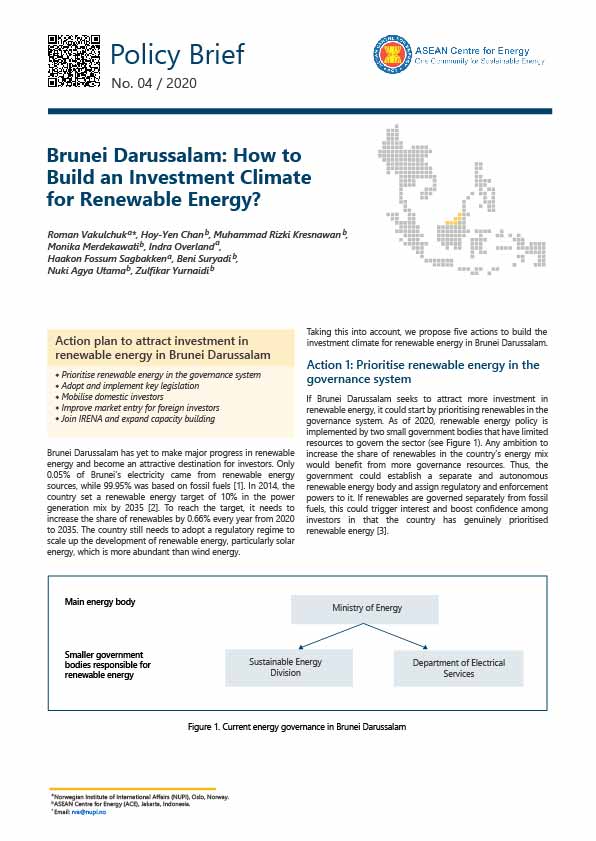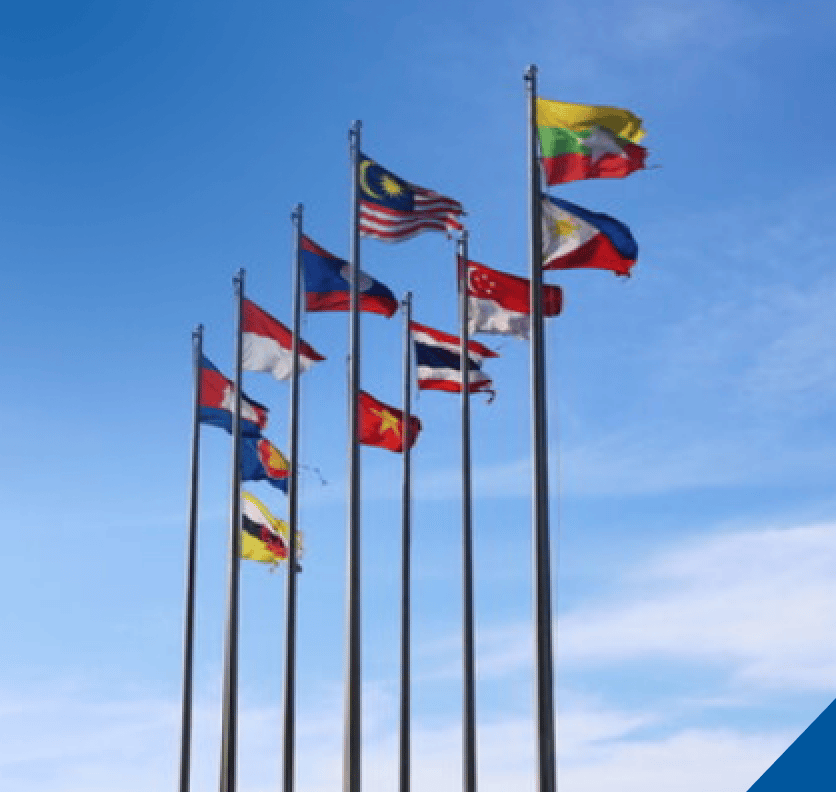Expediting Transition Towards HELE Coal-Fired Electricity Generation Technologies in Southeast Asia: A Comparative Economic Analysis of HELE and Subcritical Coal-Fired Technologies

This article carries out a multisectoral qualitative analysis (MSQA) and policy integration analysis of six sectors important for climate mitigation in Southeast Asia in order to assess the status of the climate-energy nexus in the region. It concludes that Southeast Asia will be heavily affected by climate change but the mitigation efforts of the member states of the Association of Southeast Asian Nations (ASEAN) are incommensurate with the threat they face. Their nationally determined contributions under the Paris Agreement are modest, they have a low proportion of renewable energy in their energy mixes, a modest target for raising the share of renewable energy and they are not likely to reach this target. The ASEAN countries have also been slow to adopt electric vehicles and to accede to the International Renewable Energy Agency (IRENA), while continuing to burn their forests, channel subsidies to fossil fuels and invest in new coal power plants. If ASEAN accelerated decarbonization, it could seize business opportunities, secure its standing in the international political system and climate justice discussions, and increase its chances of reaching the United Nations Sustainable Development Goals (SDGs).










